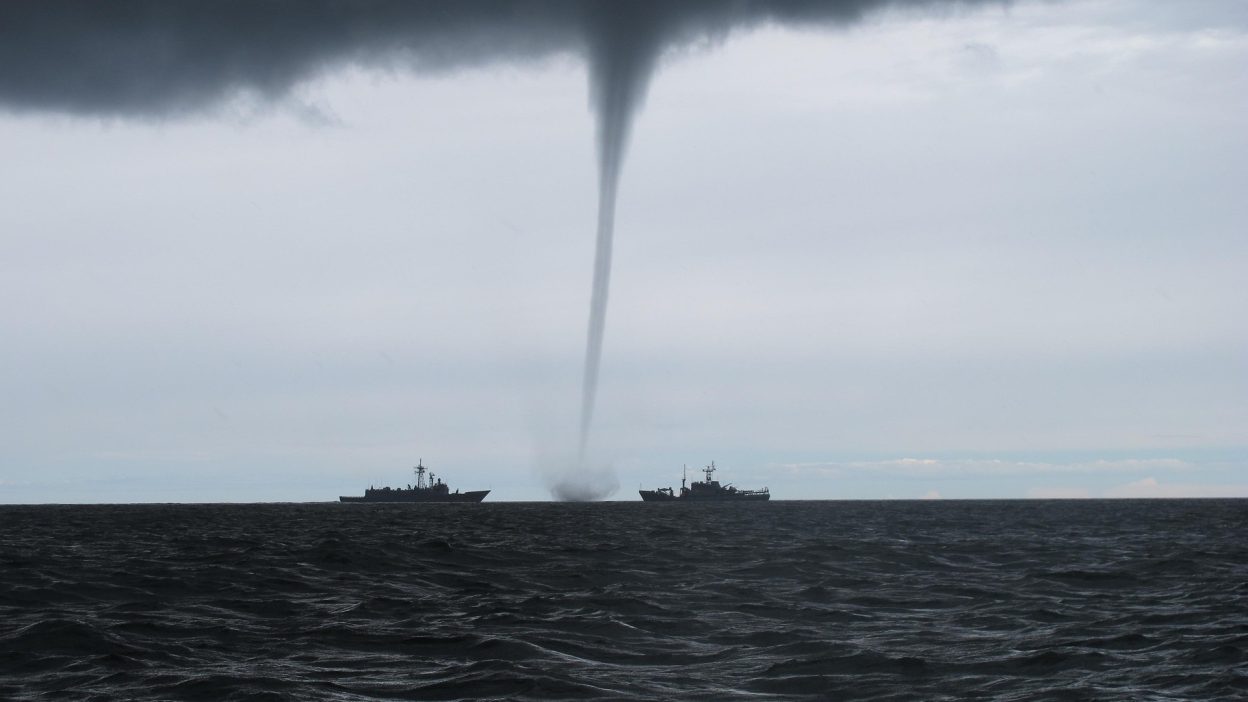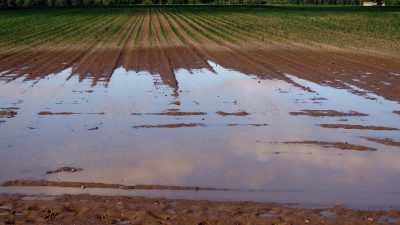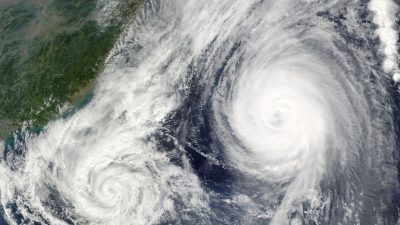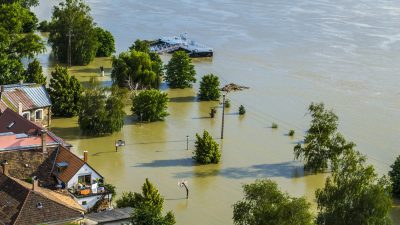The Forgotten Tempest That Shattered Lives
1. The Tempest That Left Jessore in Ruins
The year 1964 brought an unforeseen catastrophe to the Narail-Magura region of Jessore, East Pakistan (now Bangladesh), when an unrelenting tornado tore through the countryside, leaving behind a trail of death, destruction, and despair. This event, despite its horrific impact, remains largely overlooked by history, lost in the shadows of larger disasters and the political unrest of the time.
Striking with devastating force, the funnel-shaped storm obliterated entire villages, turning homes into splintered wood and rubble. The howling winds swept away men, women, and children, many of whom were never seen again. In mere minutes, what were once flourishing rural settlements were reduced to lifeless wastelands.
Yet, despite the sheer scale of destruction, this tornado remains one of the most overlooked disasters in South Asian history. Unlike cyclones and earthquakes, tornadoes in this region have historically been poorly documented, and their victims often fade into obscurity.
2. The Day That Began Like Any Other
On what seemed like a normal day in 1964, the people of Narail and Magura went about their daily routines. Farmers worked in the fields, children played under the shade of mango trees, and markets bustled with trade and chatter. However, as the afternoon approached, something felt strangely different.
The air became eerily still, and the sky took on an unsettling grey hue. The usual sounds of nature—birds chirping and leaves rustling—vanished, replaced by an ominous silence. Those who had lived through past storms felt the warning signs, but no one could have anticipated what was about to unfold.
Without any warning, the tornado materialised. A colossal, swirling vortex descended from the darkened heavens, unleashing winds of unimaginable fury. The storm carved a path of utter destruction, flattening entire villages in seconds. The air was filled with flying debris, collapsing homes, and the screams of those caught in its grasp.
What followed was a scene of apocalyptic devastation—a nightmare that no one in Jessore would ever forget.
3. A Death Toll That Remains Uncertain
The Narail-Magura Tornado left behind unfathomable destruction and an unclear death toll, as many bodies were never recovered. The statistics remain disputed, with numbers that paint a harrowing picture:
- Death Toll: Over 500 people lost their lives, though some estimates suggest the true number was much higher.
- Injured Survivors: Thousands suffered grievous injuries, from broken bones to deep wounds caused by flying debris. Many never received proper medical treatment.
- Homelessness Crisis: Tens of thousands were left with nowhere to go, their homes obliterated in seconds. Families huddled in makeshift shelters, clinging to what little they had left.
- Destruction of Entire Villages: The tornado wiped entire settlements off the map, reducing homes, farms, and marketplaces to rubble.
- Economic Collapse: Farmers lost entire harvests, businesses were ruined, and the region’s economy suffered a blow from which it would take years to recover.
The level of destruction was staggering, yet no official memorials exist to honour the lives lost.
4. A Government Caught Off Guard: The Slow and Insufficient Response
The East Pakistani government was woefully unprepared for a disaster of this magnitude. Tornadoes, unlike cyclones and floods, were not well studied, and the response was delayed and disorganised.
For days, thousands of survivors were left without food, water, or medical care. Relief efforts were poorly coordinated, with many victims waiting in vain for assistance. The lack of early warning systems and the absence of a proper disaster response plan turned this catastrophe into a humanitarian crisis.
International aid was almost non-existent, as the event received little to no global media coverage. Local charities and religious groups played a crucial role in relief efforts, but their resources were limited. The storm left deep scars, not only on the land but also in the memories of those who suffered through it.
5. Voices from the Ashes: Survivors’ Accounts of a Living Hell
For those who survived, the Narail-Magura Tornado was more than just a storm—it was a scene from a nightmare.
Many families were wiped out entirely, while others were split apart in seconds. Survivors described seeing bodies hurled through the air, homes lifted from the ground, and entire villages turned into dust.
One survivor recounted, “The sky went dark, and then the winds came like a monster. My house was gone in seconds. I lost my parents, my wife, my children—all in one moment.” Another spoke of how the storm carried people away, with their bodies found miles from where they once stood.
For many, the wounds of that day never healed.
6. Why Was This Tornado Forgotten?
Despite its devastation, the 1964 Narail-Magura Tornado remains a ghost in historical records. Several factors contributed to its erasure from public memory:
- Lack of Media Coverage: Unlike today, disasters in the 1960s rarely received international attention unless they affected major cities.
- Political Distractions: The 1960s were a tumultuous period for Pakistan, and natural disasters often took a backseat to political conflicts.
- No Scientific Documentation: Tornadoes were poorly understood, meaning there was no significant meteorological data recorded.
- No Official Memorials: Unlike earthquakes or floods, tornadoes leave no lasting physical scars, making them easier to forget.
7. A Storm That Changed the Future
- Improvements in Disaster Preparedness: The tragedy highlighted the need for better response strategies for extreme weather events.
- Increased Public Awareness: The event served as a reminder of nature’s fury, prompting some efforts to improve warning systems.
- Lingering Trauma: Even today, stories of the storm are passed down through generations, ensuring that it is not entirely lost to time.
8. Could a Similar Tornado Strike Again?
Tornadoes are often considered rare occurrences in South Asia, but history has shown that they can strike with catastrophic force, particularly in Bangladesh. The 1964 Narail-Magura Tornado was not the first, nor will it be the last, to devastate the region.
With climate change accelerating, Bangladesh’s weather patterns are becoming increasingly unpredictable. Rising global temperatures are intensifying storm systems, making extreme weather events more frequent and severe. The country already experiences some of the world’s deadliest cyclones, and tornadoes, though less common, are an ever-present threat.
Today, meteorological advancements allow scientists to better predict storms, but the challenge remains in delivering timely warnings to rural populations. Many isolated communities lack access to emergency shelters, proper infrastructure, or disaster response mechanisms. If another tornado of similar intensity were to strike Jessore today, would the region be better prepared, or would history repeat itself?
9. Lessons That Must Not Be Forgotten
The Narail-Magura Tornado of 1964 serves as a haunting reminder of how unpreparedness amplifies disaster. The lack of early warnings, emergency shelters, and government intervention transformed this natural phenomenon into a man-made catastrophe.
Decades later, the same mistakes continue to be made. Many rural regions remain defenceless against extreme weather, relying on fate rather than preparedness. The lessons of the 1964 tornado must not be ignored:
- Investment in Early Warning Systems: More accurate weather predictions could have saved hundreds of lives.
- Stronger Infrastructure: Tornado-resistant housing and shelters should be prioritised in high-risk zones.
- Government Responsibility: Authorities must acknowledge and address the risk of tornadoes, rather than treating them as isolated events.
Disasters are inevitable, but the human cost can be minimised. The question remains: Will we learn, or will we continue to repeat history’s tragedies?
10. FAQs
1. How many people died in the 1964 Narail-Magura Tornado?
At least 500 people were killed, but many believe the actual death toll was significantly higher due to poor record-keeping.
2. Why did this tornado receive so little attention?
The event occurred during a time of political unrest, and tornadoes were not widely studied or reported in the region. Additionally, media coverage was limited.
3. Can tornadoes still strike Bangladesh today?
Yes, Bangladesh remains at high risk for severe tornadoes, especially with climate change increasing storm intensity.
4. How did the tornado affect the economy?
The tornado destroyed farms, businesses, and homes, leading to widespread poverty and displacement in the affected areas.
5. Is there a memorial for the victims?
No official memorial exists, and the tragedy remains largely forgotten, despite the devastation it caused.




